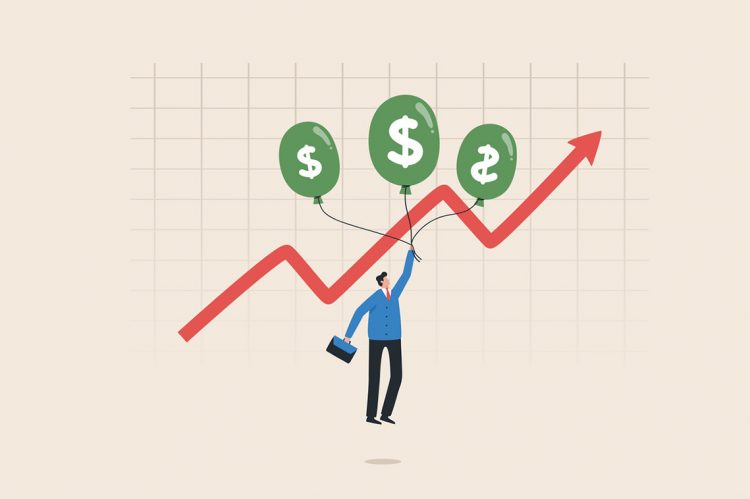What will it take to get inflation under control?
That’s likely to be a question folks are pondering after recent reports from the U.S. Bureau of Labor Statistics (BLS) show that the consumer price index (CPI) stubbornly defied efforts to reel it back in.
The agency released its CPI summary on Thursday morning, and while overall inflation eased slightly to 8.2% in September—down from 8.3% in August—core inflation climbed to a new four-decade high.
U.S. consumer inflation, excluding energy and food, climbed to 6.6% in September—up 0.6% from August—marking the biggest increase since August 1982.
The retreat of overall inflation came as gasoline prices cooled. However, prices for shelter, medical care and food have continued to rise, which Wall Street Journal reports suggest could keep inflation higher for longer.
The shelter index, which includes rent and owner-equivalent rent, rose 0.7% in September, mirroring its behavior in August. Both the food and medical indexes rose by 0.8% in September.
The new vehicles index also increased 0.7% over the month, while household furnishings and operations rose 0.5% in September. Additional index increases were seen in personal care (+0.4%), education (+0.4%), airline fares (+0.8%) and recreation (+0.1%).
Despite the increases, consumers are still getting some relief at the gas pump as the gasoline index continued its downward trend of 4.9%.
Based on AAA data, the average gallon of regular unleaded currently costs $3.91, slightly higher than a week ago, more than a dollar down from its peak of $5.02 in June.
The energy index fell 2.1% over the month, thanks mainly to the cost of gas, but natural gas and electricity indexes increased 2.9% and 0.4% in September, respectively.
The CPI reading comes mere weeks after the Federal Reserve raised the benchmark federal-funds rate by another historic 75 basis points—the fourth of the year and third of that magnitude—bringing it to a range between 3% and 3.25%.
At the time, Fed Chairman Jerome Powell signaled that more increases would follow as the officials maintained their hawkish approach to controlling and driving down inflation.
At this rate, observers are convinced that the Fed will likely stay the course on its aggressive approach of raising interest rate hikes despite a looming recession that has many in the industry concerned.
“Inflation refuses to budge,” said National Association of REALTORS® (NAR) Chief Economist Lawrence Yun in a statement. “The 10-year Treasury yield broke past 4% this morning, and mortgage rates will be fighting to hold at a 7% average rate in the upcoming weeks. People’s IRA and 401K retirement accounts are quickly vanishing.
“The Federal Reserve is trying to cut demand to reduce inflationary pressure, but inflation can also come down by increasing supply,” Yun continues. “America has to produce more everything, from building more homes and industrial spaces to drilling for more energy and manufacturing more electric cars. The 3 million Americans who left the workforce since the pandemic need to be incentivized to get back to work.”












